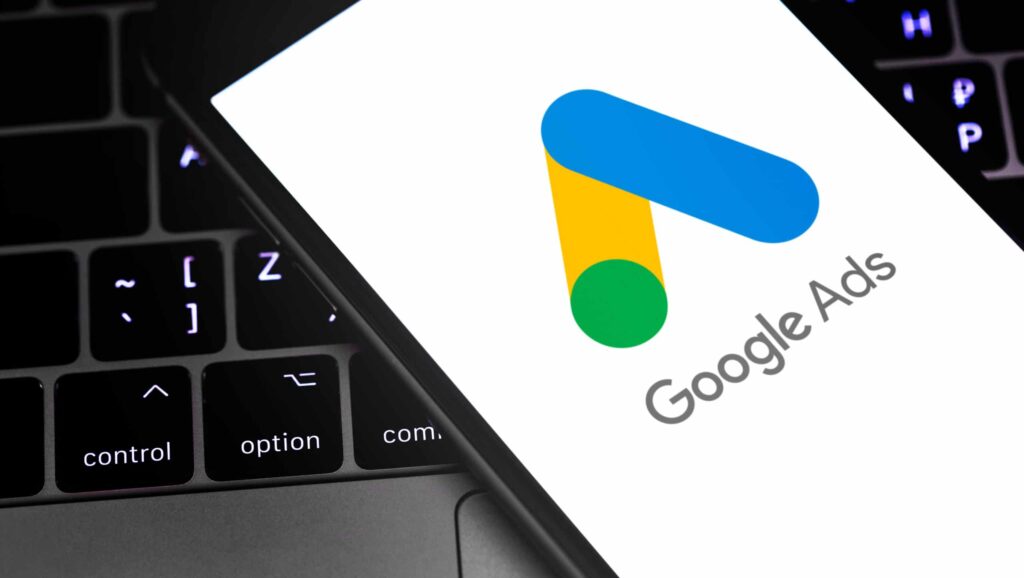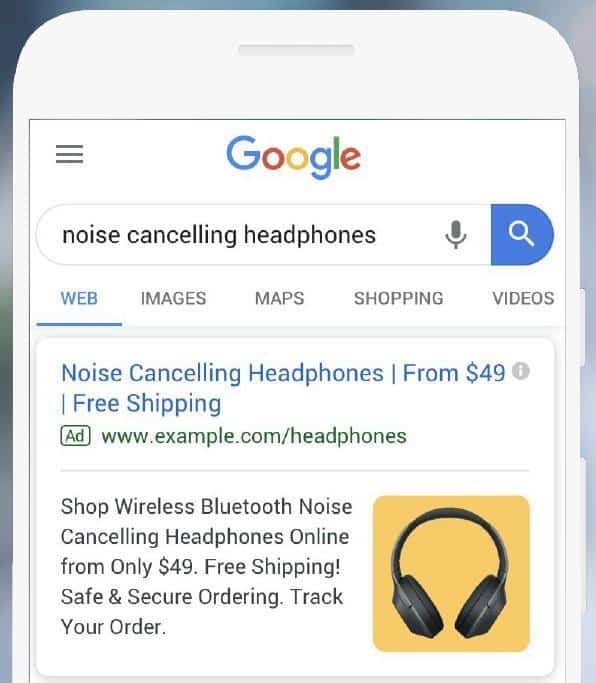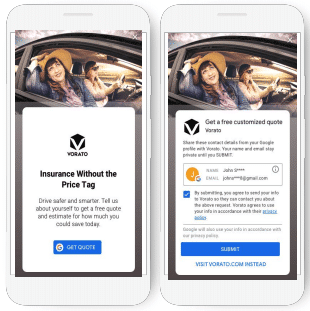Google Ads platform is constantly innovating with the introduction of new features or betas. Here is an overview of the highlights from some of the more impactful and relevant for brands and organizations in health, wellness, and lifestyle. Feel free to reach out to Parallel Path if there are any questions on anything specific or want to learn more about how these innovations can be used specifically for your goals.
Smart Display Campaigns
Google rolled out Smart Display campaigns in April as a Beta, but they are now available to all advertisers. Unlike a standard display campaign, Smart Display campaigns automate many of the same things we dive into on a daily basis including Bidding, Targeting, and Ad Performance.
- Bidding: Smart Display campaigns leverage a CPA Goal you set to dynamically set bids tailored to each user based on their likelihood to convert.
- Targeting: Smart Display campaigns use a combination of remarketing audiences, display keywords, in-market, affinity, similar, and custom audiences and optimize for the highest converting audience.
-
- Depending on how segmented the remarketing lists are (more than 3 audiences) it’s recommended to keep the existing remarketing campaigns while testing Smart Display campaigns on the side.
- Ad Performance: Potentially one of the biggest value props to Smart Display campaigns is the ability to test various creative variables at scale. Smart Display Campaigns allow you to add up to 15 images (marketing + logos), 5 headlines, and 5 descriptions. Google will continuously rotate the creative and copy provided to determine which combinations drive the best performance.
-
- Google also provides an “Assets Report” that rates performance across each asset in the ad allowing for an easy assessment of performance. The learnings from this asset report can also be leveraged across multiple channels, including Paid Search and Paid Social.
In short, Smart Display Campaigns eliminate the need for constant analysis and optimization across bidding, audiences, and creative assets, while still providing a focus on driving conversions at a given CPL goal. Here’s a link to the Google Help Center page for additional info.
Applicable for: Awareness Campaigns
Image Extensions on Search (Standard & Dynamic)
Image Extensions are a relatively new beta that was rolled out in early Q4. Similar to the rest of the extensions available in Google Ads, this type of extension can be added at the Account, Campaign, or Ad Group level, however, depending on the structure of the search account, it is generally a best practice to place these at the Ad Group level since their main focus (and biggest value prop) is to add a product visual to the standard search ad. It allows advertisers to show products and convey brand messaging at the same time. While this extension is certainly designed for e-commerce clients, it will be interesting to test for service clients. If brand imagery is used in the Image Extension there could potentially be an increase in engagement. These extensions can also be placed dynamically via a product feed, which would limit the amount of manual creation it would take to build Image Extensions for each and every product sold. This is still in Beta and is currently not readily available to all advertisers, however, Google has seen promising results and it will likely be rolled out globally sooner than later. Here are some links to the standard and dynamic image extensions info pages.
Applicable for: E-commerce / DTC
Smart Shopping Campaigns
Smart Shopping Campaigns are very similar to the existing Shopping Campaigns, however, they leverage Google’s AI to dynamically serve Product Shopping ads, Local Inventory ads, and Responsive Display ads (dynamic remarketing & dynamic prospecting) across the Search Network, the Display Network, Youtube, and Gmail. Smart Shopping campaigns also allow advertisers to show their products in formats other than the standard shopping ad. These new formats include Videos, Carousels, Shoppable Images, and animated banners. Perhaps the most intriguing feature of Smart Shopping campaigns is the ability to optimize for New Customer Acquisition. This could be especially useful for brands who have a strong desire to capture new customers. Smart Shopping campaigns can leverage customer lists to dynamically retarget to current customers. They can also leverage the same lists to further hone in on potential customers who haven’t interacted with the brand yet as a dynamic prospecting tool. Essentially, Smart Shopping campaigns leverage Google’s AI to take some weight off of the advertiser to create a highly efficient, conversion driving campaign that is also extremely targeted. Here is a link to the Google info page for all things Smart Shopping.
Applicable for: E-commerce / DTC
Reach Planner – Youtube
Google has fully rolled out this beta and is available to all advertisers. The Reach Planner tool allows advertisers to plan the reach, frequency, and spend of their ads across Youtube and Google’s video partner sites. Advertisers are also able to compare the projected performance of different video campaign types such as TrueView Discovery and TrueView In-stream, and provide ad format recommendations. This tool allows advertisers to create a media plan and tweak various line-items to show the various levels of performance that may be achievable under the given budget, campaign type, ad format, etc… This tool could be specifically useful for the upcoming Awareness Campaign planning and any other campaigns that leverage Youtube/GDN Video placements for. Note, this tool can be accessed by anyone, and is available in the “Tools” section of Google Ads. Here is a link to the Google info page on the Reach Planner tool.
Applicable for: Video ad planning and strategy
Lead Form Ads on Display
This is a new beta rolled out globally to most advertisers. The Ad format is similar to Facebook Lead Generations Ads that have been out for a few years. This new creative format allows advertisers to acquire customers through Responsive Display Ads. When the ad is clicked it will open a form that pre-fills the user’s information. This information is then stored in a Google sheet that will need to be set up prior to launch. This ad format could be interesting to test and extremely valuable for clients as first-party data becomes increasingly more important. This would be specifically interesting to test for remarketing as an alternative to the on-site form fills. In order to take advantage of this beta, we’ll need to have a strong relationship with a Google rep.
Applicable for: Lead Generation
Youtube Audio Ads
This is a very new beta and hasn’t been fully launched yet, but is still something to keep in mind since digital audio placements are getting more and more traction. This beta gives advertisers the ability to leverage Youtube Music as Google’s version of Spotify Ad Studio or AudioGo. The platform will be housed in Google Ads and will allow advertisers to place CPM bids (something not available on Spotify or AudioGo at the moment). Similar to Spotify and AudioGo, advertisers will be able to run companion banners (animated and static) alongside their audio ad. While this placement won’t be fully rolled out for all advertisers for some time, it is included given the increased presence of digital audio in the media planning mix.
Applicable for: Awareness Campaigns


